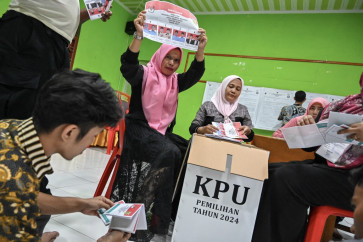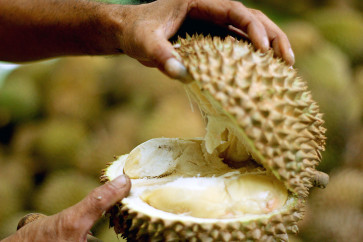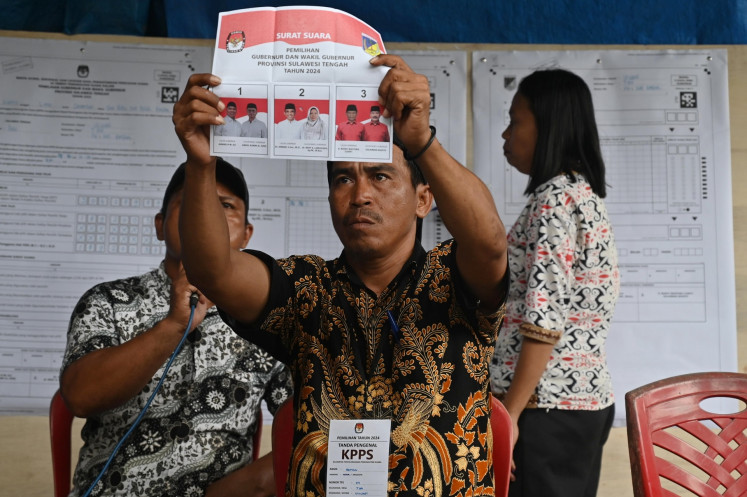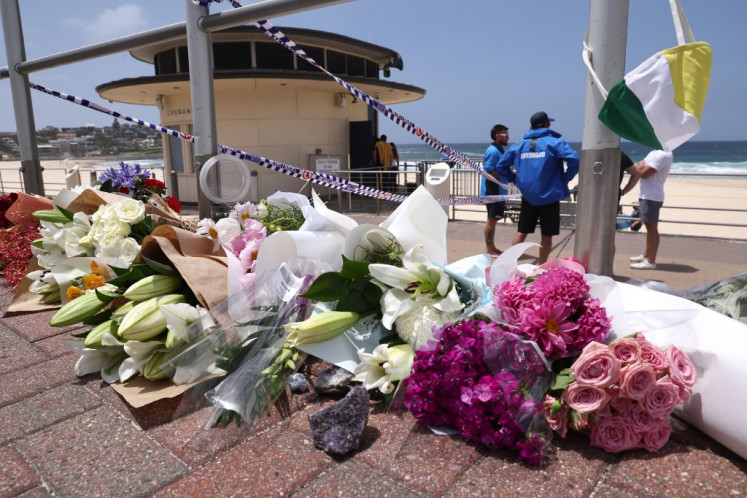Popular Reads
Top Results
Can't find what you're looking for?
View all search resultsPopular Reads
Top Results
Can't find what you're looking for?
View all search resultsRaped girls in ASEAN struggle to find justice
Young girls remain a vulnerable class in the societies of ASEAN countries as a study has found that female children continue to be exposed to oppression, discrimination and violence because of cultural practices and a lack of access to justice
Change text size
Gift Premium Articles
to Anyone
Y
oung girls remain a vulnerable class in the societies of ASEAN countries as a study has found that female children continue to be exposed to oppression, discrimination and violence because of cultural practices and a lack of access to justice.
A recent study carried out by a coalition of six organizations in the region called Weaving Women’s Voices in ASEAN (WEAVE) into dozens of abuse cases involving girls has suggested that discrimination against this particular group has been supported by policy making and by the actions of law enforcement officers, family members and society.
The six organizations that are members of WEAVE are Kalyanamitra in Indonesia, the Women’s League of Burma in Myanmar, the Women’s Legal and Human Rights Bureau in the Philippines, the Foundation for Women in Thailand, the Brunei Social Welfare Council in Brunei Darussalam and SILAKA in Cambodia.
Rena Herdiyani, executive director of Kalyanamitra, said Monday that a culture of impunity could still be found in those countries, including Indonesia. One of the cases studied by her organization was a date-rape incident that took place in North Maluku in April.
A 17-year-old girl was allegedly raped and abandoned in a forest before her family found her, still alive, days after.
Later, in front of the police, the case was settled as the family of a 20-year-old male accused of the crime agreed to pay Rp 3 million (US$222) in compensation. In return, the victim’s family agreed to no longer pursue the case.
“The legal system in Indonesia and other ASEAN countries leaves a loophole for the perpetrator to walk away free with a risk that he could someday repeat his crime,” Rena said as she presented the study.
Based on data released by the National Commission on Violence against Women (Komnas Perempuan), 70 percent of the 6,500 cases reported to the commission in 2015 involved rape. The number, however, was probably only the tip of an iceberg as thousands of others might have gone unreported.
Iit Rahmatin from the Legal Aid Foundation of the Indonesian Women’s Association for Justice (LBH Apik) said that she also found a case in which people who lived near the crime scene told the victim and perpetrator to make amends with the hope that the reputation of their neighborhood would not be tarnished by an adultery case.
“Many local figures asked the victim to just marry her rapist instead of encouraging her to proceed with the case to the police,” she said.
Similar situations have also been seen in other ASEAN countries. Based on the report, rape victims in Brunei Darussalam face difficulties collecting evidence to prove their cases for fear of being accused of adultery. In Thailand, social attitudes view disability and sexual violence as resulting from bad karma.
Another major obstacle in solving cases of abuse involving girls is a lack of access to justice and the law enforcement institutions. For instance, indigenous girls in remote areas are unable to report abuse to the authorities because they are far from police stations. Meanwhile, in Myanmar going to court is very expensive and complainants must spend a substantial amount of money to have their cases proceed.
“There is also another situation where people see a rape case from the point of view of morality and judge the victim, instead of from the legal point of view,” Rena said.










